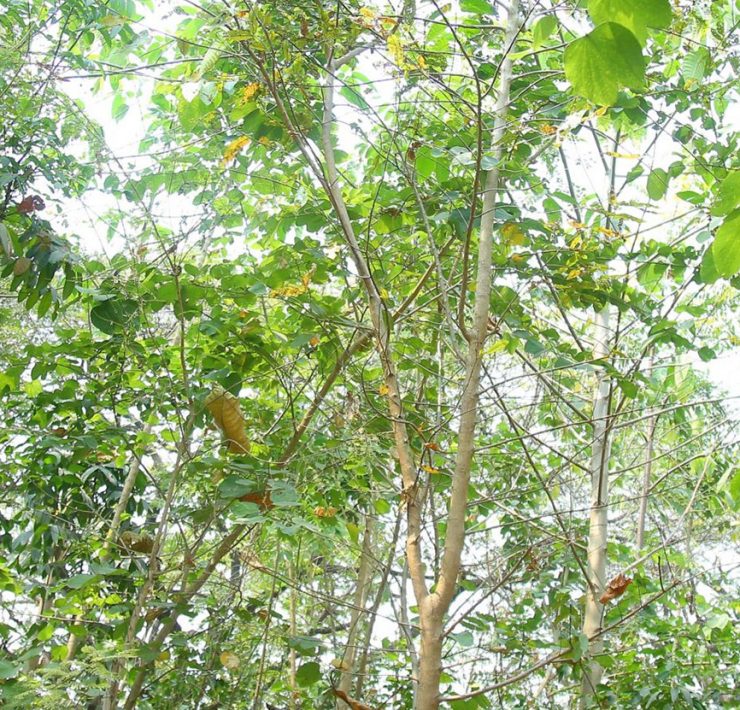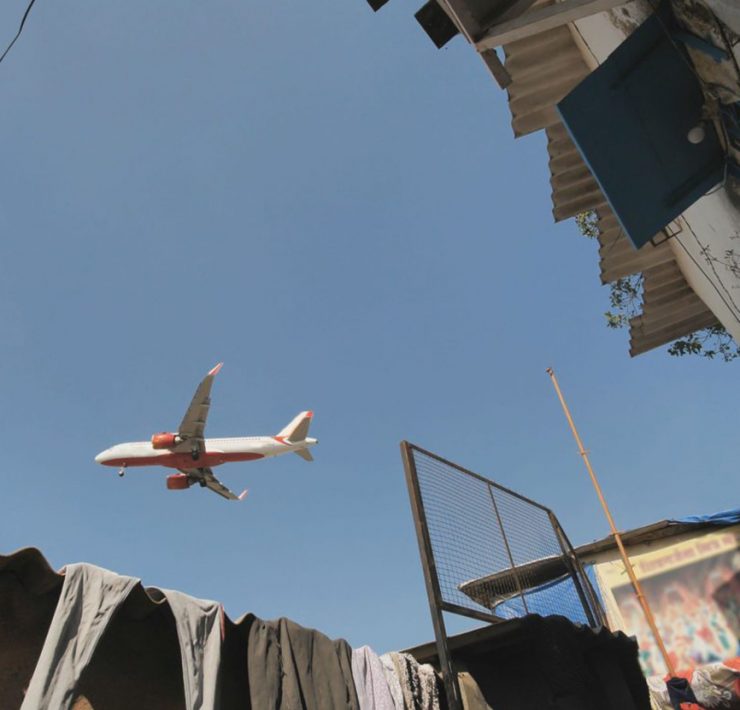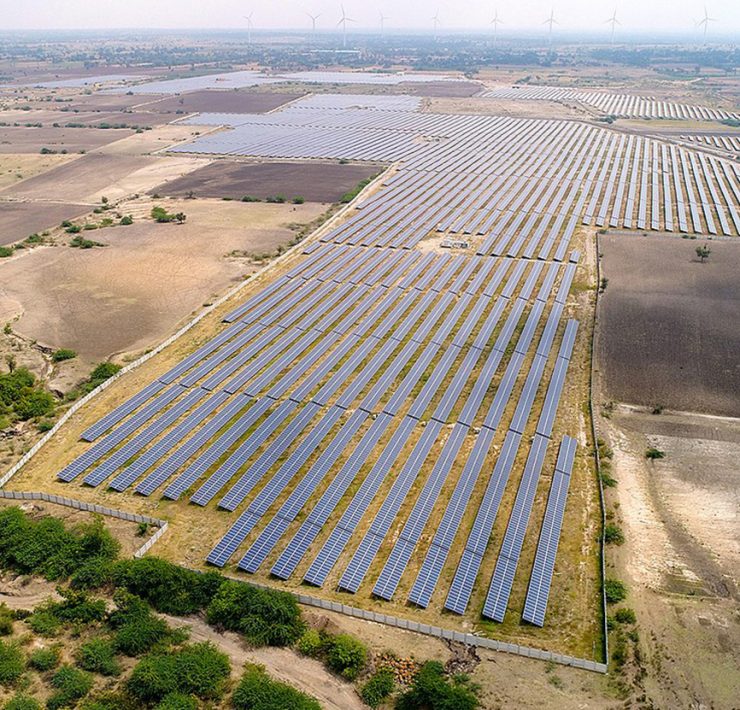Borewells on the banks of Narmada are drying up, indicating concerning groundwater situation

- Borewells around the Narmada river in Madhya Pradesh are drying up which indicate groundwater depletion in the river basin.
- The natural flow of the river has also been affected due to rampant sand mining and the construction of big dams. Overexploitation of river water, chemical farming are also some causes of depletion of groundwater in the Narmada river basin.
- India has the highest dependence on groundwater in the world and uses a quarter of the world’s groundwater.
Satyanarayan Patel, a 60-year-old farmer, hails from Bijanwada village of Narmadapuram (Hoshangabad) district in Madhya Pradesh. His house is located on the banks of the Pasa river, a tributary of Narmada river. Ironically, a water crisis looms in his village. Wells in Bijanwada are drying up one by one. Patel’s well also dried up two-three years ago.
“I was quite surprised the first time my well dried up. This had never happened before. The water of the Pasa river used to come from the well in the form of groundwater,” Patel said.
Reminiscing, he continues, “We have spent our childhood on the banks of this river. We do not remember if the river was ever dry, but for the past few years, this river only has water for a month or two. As a consequence, our wells started drying up too. The bores that are 200-250 feet deep have also started drying up,” Patel told Mongabay-India.
Patel’s family relies on farming in Sohagpur’s Mahuakheda Khurd village, 20 km from his village in Bijanwada. Two years ago, the borewell installed in the field also stopped giving water. “The place comes within a five-kilometre radius of the Narmada river. Despite being so close to the river, the underground water is going down,” Patel told Mongabay-India.
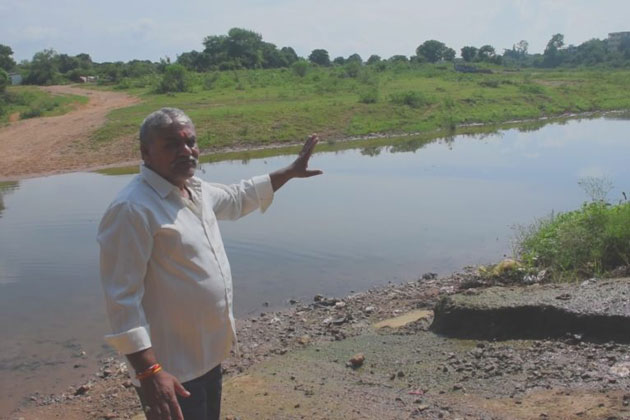
Apart from Patel, thousands of farmer families in Madhya Pradesh are facing the problem of depleting groundwater level. In the year 2019, more than 600 tube wells in the district stopped working. Almost every year, more borewells dry up.
In Pipariya’s Bankhedi village alone 400 borewells have dried up. Bankhedi is placed as semi-critical category in the Ground Water Resource Assessment 2020. That is, 70 to 90 percent of groundwater is exploited here.
Baba Mayaram, a writer who undertakes researches on agriculture and rivers in the area, explains the reason for the exploitation of groundwater, saying, “Every year the water level goes further down and people increase the depth of the bore in search of water. Most of the water is extracted from the earth for irrigation, drinking water and factories,” he said.
According to the 2020 report of Dynamic Ground Water Resources of India released by the Ministry of Jal Shakti, the exploitation of groundwater increased in 2020 as compared to 2017. In Madhya Pradesh, 26 out of 317 blocks have been categorised as overexploited, which means that groundwater is being extracted faster than it is being recharged. Eight blocks have been kept in the critical category, which means that extraction of groundwater is 90 to 100 percent as compared to recharge. At the same time, 50 blocks have been considered as semi-critical, in which 70 to 90 percent of groundwater is exploited.
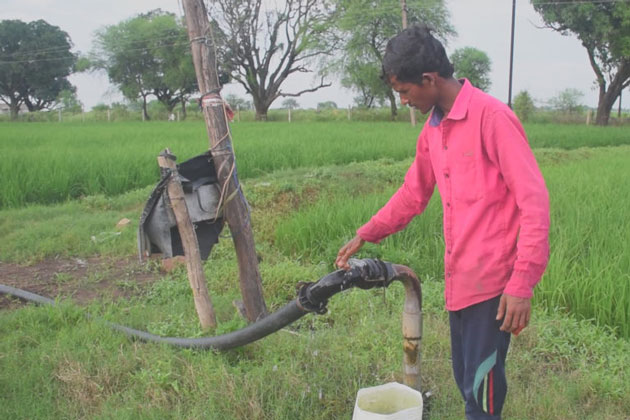
River expert and geologist K.G. Vyas associates the problem of borewells drying with the drying up of the river.
In a conversation with Mongabay-India, he said, “A borewell draws water from all sides. If a borewell is running on the banks of the river, even though it is taking water from inside the ground, that water is from the river itself. The problem of Narmada and Gangetic basin is the same, exploitation of groundwater. The water table in Hoshangabad has been affected due to the drying up of the river.
Worrying state of groundwater in Madhya Pradesh
The places in Madhya Pradesh where borewells are drying up are on the banks of the Narmada river. These areas fall under the larger area called the Narmada basin. In such a situation, the question arises whether the groundwater level of Narmada basin is decreasing?
Narmada is the seventh largest river in the country and the largest among the west flowing rivers, notes a Ministry of Water Resources (Ministry of Jal Shakti) report. Nineteen important tributaries along with the main river Narmada, drain an area of 92,672.42 sq.km which is 3% of total geographical area of the country. Agriculture is the dominant land-use category (56.90 %) in the basin. Also, a large part is covered by forest accounting to 32.88 % of the total area of the basin,” the report said.
Narmada travels a distance of 1,312 km before it falls into Gulf of Cambay in the Arabian Sea near Bharuch in Gujarat. According to National Institute of Hydrology’s website, the basin covers an area of about 98,796 square kilometres, of which the largest part (88.58%) is in Madhya Pradesh. “The first 1,079 km of its run are in Madhya Pradesh. In the next length of 35 km, the river forms the boundary between the states of Madhya Pradesh and Maharashtra. Again, in the next length of 39 km, it forms the boundary between Maharashtra and Gujarat. The last length of 159 km lies in Gujarat,” the website said.
The river crosses 38 districts in these four states. Within these districts, four blocks are under critical category, 17 in semi-critical category and 10 blocks in over-exploited category, as per the Ground Water Resource Assessment 2020.
A block is categorised as ‘Critical’ when the stage of groundwater extraction is between 90-100 % of annual extractable resources available and ‘Semi-Critical’ when the stage of groundwater extraction is between 70 % and 90 %. If the stage of groundwater extraction is less than 70 %, it is considered as ‘safe’. Semi-critical areas are where cautious groundwater development is recommended, by the Central Ground Water Board while critical and over-exploited areas are where there should be intensive monitoring and evaluation and future ground development be linked with water conservation measures.
Other reports also indicate the worrying status of groundwater, particularly in Madhya Pradesh.
According to the latest report (2020), on the dynamic groundwater resources of India, the rate of extraction of groundwater in Madhya Pradesh is 56.82 percent, up from 54.76 percent in 2017.
Meanwhile, the Ground Water Yearbook 2020-21, which was prepared based on ten years of data from 2010 to 2019, notes that the groundwater level has gone down in 25.80 percent of wells in Madhya Pradesh and groundwater has declined by 63.24 percent in these 10 years.
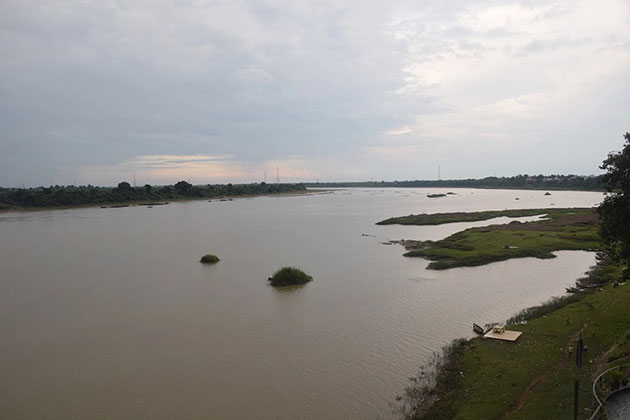
Four professors Saurabh Nema, M. K. Nema, M. K. Awasthi and R. K. Nema of Jabalpur-based Jawaharlal Nehru Agricultural University published a study in the year 2019 which predicted the fluctuation in groundwater level in Hoshangabad (Narmadapuram) district with the help of a model.
The research concluded that if the existing hydrologic conditions remain same and groundwater extraction increase by 12% annually, then ground water declination will be a serious threat as the result indicated that the spatial water table will go down by range of 3.9 to 8.8 m by year 2030. The study also suggested measures to reduce water level consumption/extraction, stressed long term future aspects by enhancing recharge, reducing irrigation demands by optimising water utilisation and changing in the cropping pattern.
Another report of the Ministry of Jal Shakti has revealed that the groundwater of a large part of the Narmada basin is also getting polluted.
Excess of fluoride in groundwater has been found in Mandla, Dindori, Dhar, Sehore, Raisen and Seoni districts of Madhya Pradesh. The water of Bharuch, Vadodara and Narmada districts of Gujarat is also polluted with fluoride.
“There are also concerns about the ground water quality in Bharuch with the chemical units there pumping their effluents into the aquifers leading to heavy pollution of ground water. Tests have revealed that the mercury levels in the ground water near the Ankleshwar Industrial Estate are more than 100 times the admissible levels,” the report said.
Vinod Sharma, founder of Jal Sanrakshan Manch and a social activist who has worked on the Narmada river for the last two decades, said, “It is very common to see borewells drying up in the Narmada basin.”
“Now irrigation is being done by drawing water directly from the Narmada. Narmada water is being drawn from Jabalpur to Hoshangabad through about 85,000 pumps. There is no doubt that the water in the Narmada river is depleting and it is also affecting the groundwater,” Sharma told Mongabay-India.
Experts also consider excessive exploitation of water and chemical farming as a hindrance to groundwater recharge. A government’s report on the Narmada basin has revealed that 40 percent of the water samples taken from the Narmada plains turned out to be polluted. Due to the use of fertilisers and pesticides in agricultural dominated areas, the amount of nitrate has reached from 100 mg per litre to 300 mg per litre.
Mayaram said, “The groundwater gets polluted because of chemical farming. However, I do not blame the farmers for this. They are trapped in the vicious circle of the market where water consumption is increasing due to chemical fertilisers-pesticides and hybrid seeds. Farmers are getting trapped in this cycle due to cost escalation,” he said.
In view of the benefits of natural farming in the year 2021, the Government of India announced a mission for Zero Budget Natural Farming (ZBNF). According to the government, the consumption of water is reduced by 50-60 percent through natural farming. Citing a research conducted in Andhra Pradesh, the government said that ZBNF processes require 50%–60% less water and less electricity (than non-ZBNF) for all the selected crops. “For the irrigated crops, ZBNF requires 45%–70% less input energy (12–50 GJ per acre) and results in 55%–85% less emissions (1.4–6.6 Mt CO2e) than non-ZBNF. For the rain-fed crops, ZBNF requires 42%–90% less input energy (1.1–16 GJ per acre) and results in 85%–99% less emissions (0.5–11 Mt CO2e),” the report said.
Mayaram said that until a few years ago, cultivation was done naturally in Madhya Pradesh and the consumption of water was much lesser than at present.
Commenting on the functioning of government bodies on groundwater, Vyas said, “With regard to groundwater, the central and state institutions play the roles of the doctors who diagnose the disease but do not suggest a cure. These institutions are not telling what to do to improve the depleting groundwater.
Vyas suggests, “Be it the Narmada or the Ganges, the problem is the drying up of its tributaries. Due to unscientific mining in the Dudhi, Tawa – the tributaries of the Narmada- the rivers are on verge of extinction. These rivers dry up in summers. The Narmada is drying up due to lack of water in the tributaries. These rivers also have to be revived to solve the problem.”
Narmada is considered to be one of the oldest rivers of India. It is called Aviral, meaning the river has water throughout the year. According to Vyas, Narmada gets its strength from its tributaries. However, the tributaries themselves are dying.
There are 41 tributaries of Narmada, in which Tawa, Barner, Baiyar, Dudhi, Sugar, Hiran, Barna, Konar, Machak etc. are the most prominent.
Concerned, Vyas said that condition of the Ganges basin is more or less same as Narmada river.
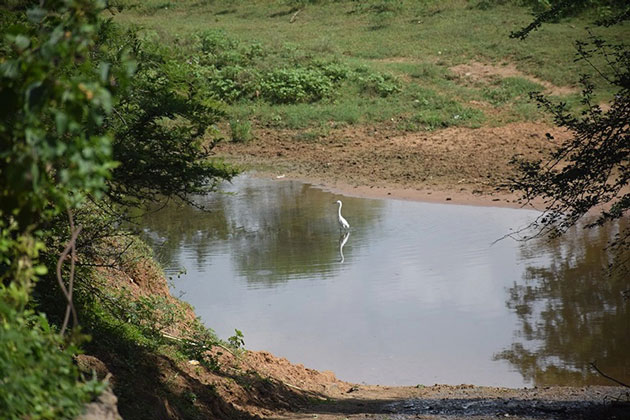
The latest report of the Central Ground Water Board shows that the average stage of groundwater extraction for the country as a whole works out to be about 61.6%.
“Out of the total 6,965 assessment units (blocks/mandals/talukas/firkas) in the country, 1,114 units in various states (16%) have been categorised as ‘over-exploited’ indicating groundwater extraction exceeding the annually replenishable groundwater recharge. In, 270 (4%) assessment units the stage of groundwater extraction is between 90-100% and have been categorised as ‘critical’. There are 1,057 (15%) ‘semi-critical’ units, where the stage of groundwater extraction is between 70% and 90%,” the report revealed.
In the year 2020, 244.92 billion cubic meters (BCM) of groundwater was extracted in the country. If we compare these figures with the figures for 2004, the situation appears to be worsening. In the year 2004, 231 BCM groundwater was extracted. The data also indicates that in 2004, 50 percent of groundwater was being extracted, which has gone up to 62 percent in 2020.
According to the World Bank report, India has the highest dependence on groundwater in the world. India uses a quarter of the world’s groundwater.
This article first appeared on Mongabay.


